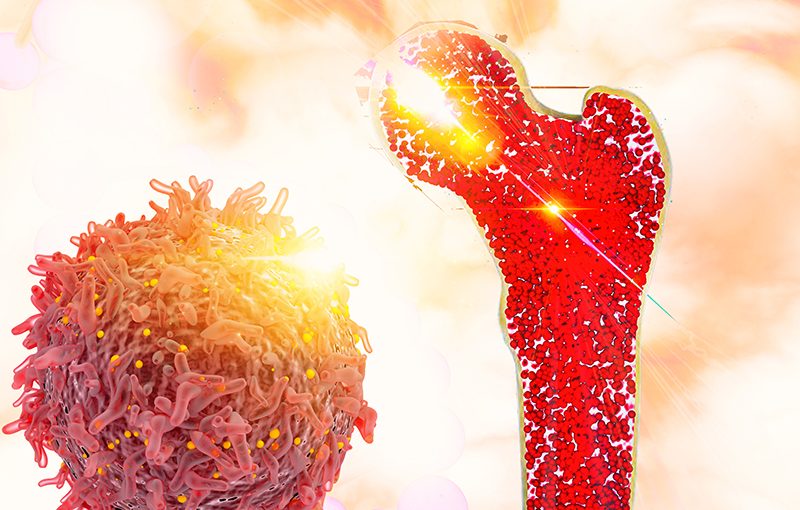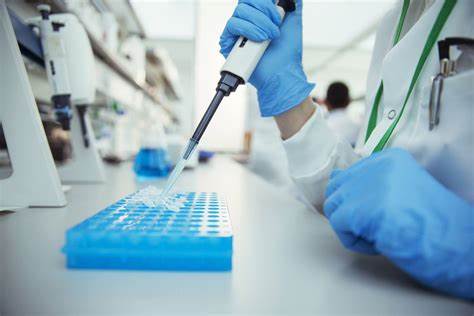
Image Courtesy: forextribune
In addition to a rapid expansion of bone marrow donor registry, increasing commercialization of cellular therapy and tissue engineering increased survival rate post bone marrow transplant procedures, and easier access to treatment will be some of the most prominent factors driving the bone marrow transplantation market.
According to the latest research analysis, the global bone marrow transplantation market is expected to exceed US$ 12 Bn by the end of 2028. The bone marrow transplantation market is expected to grow at a CAGR of 3.6% through the forecast period 2018-2028.
North America Will Continue to Lead the Pack in Bone Marrow Transplantation Market
Increasing per-capita healthcare and private insurance expenditure is a major factor that is expected to maintain the high demand for technologically advanced treatment procedures, such as bone marrow transplantation, over the forecast period. Increasing blood cancer cases and geriatric population are among the key factors expected to boost the demand for bone marrow transplantation in North America.
The increasing prevalence of myeloma in the region is leading to an increase in the execution of bone marrow transplantation procedures through the allogeneic method. Companies engaged in stem cell therapies are expanding their product portfolio to offer sound treatment solutions for diseases caused while undergoing the allogeneic transplant method. The availability of more than 90% unrelated donors and high healthcare expenditure are among the factors driving the overall bone marrow transplantation market in North America at present.
The American Society for Blood and Marrow Transplant reported an increasing prevalence of leukaemia and lymphoma in patients aged 65 years and above, and this age group constituted 25-30% of the total number of bone marrow transplantation recipients in 2014. In 2015, the Senate and House of Representatives of the US reauthorized the Stem Cell Therapeutic and Research Act of 2005, which led to an increase in the US unrelated donors’ registry to 200,000 donors.
Germany Will Steer Europe’s Market for Bone Marrow Transplantation
A rise in per capita GDP is expected to improve the healthcare expenditure in countries such as Germany and Spain. Government policymakers are forcing healthcare providers and public payers to disclose the cost charged and reimbursed to maintain price transparency. Healthcare organizations in Germany spend most of their research funding on adult stem cell research.
Furthermore, Germany spends 11.3% of its GDP on healthcare, which is above the global average. This, in turn, has led to the presence of better healthcare facilities and more advanced research findings on various healthcare issues such as bone marrow transplantation.
Among the 680 centres throughout Europe, 226 (35%) centres are dedicated to autologous bone marrow transplantation in 2014, with most of the transplants intended for non-malignant disorders. These factors are expected to drive the bone marrow transplantation market in Europe.
APAC Reflects Lucrative Potential for Penetration of Bone Marrow Transplantation Procedures
Rise in the number of bone marrow transplantation centres and expanding donor registry is among the factors expected to reduce the gap between bone marrow transplantation providers and recipients in the Asia Pacific bone marrow transplantation market. The availability of modern healthcare amenities, along with the presence of several companies engaged in stem cell therapies in China, Australia, and Japan, is expected to be a key factor driving the overall bone marrow transplantation market in the Asia Pacific.
After the introduction of alleviating procedures for Peripheral Blood Stem Cell (PBSC) transplant, there has been an increase in the number of allogeneic HSCT procedures using PBSC (64% of the total HSCT) in Australia & New Zealand, which is another factor contributing to the growth of the bone marrow transplantation market in the region.
A survey by the Eastern Mediterranean Blood and Marrow Transplant (EMBMT) Group suggests that non-malignant indications accounted for a 36.5% share of the total bone marrow transplantation activities carried out in the MEA region. Countries such as Dubai and Qatar are undertaking initiatives to develop national bone marrow registries to enhance bone marrow transplantation rates.
The report offers a comprehensive taxonomy of the bone marrow transplantation market based on the transplantation type, indication, end-user, and region.




